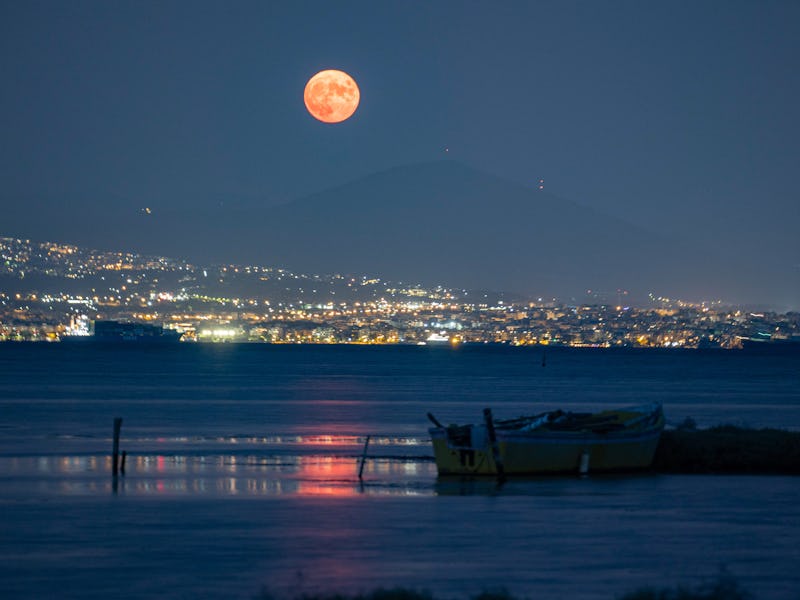Sturgeon Moon 2022: Why this month's Full Moon may be one of the best to see
Keep an eye in the sky for our nearest natural neighbor.

August’s Full Moon is literally full of life: one of its most popular names is the Sturgeon Moon. This large fish is just one of the summertime names often associated with this month’s Full Moon.
The Sturgeon Moon will be at its brightest August 11, dominating the night sky. Nights are starting to get longer again as fall approaches, so you will have a long time to enjoy this month’s Moon with warmer weather.
What is the Sturgeon Moon?
August’s Full Moon is often called the Sturgeon Moon. The Moon’s name comes from the Algonquin tribes who lived in the northeastern United States and southeastern Canada, who noticed a rise in sturgeon around this time of year in their rivers.
Various North American tribe names were popularized in a publication we know today as the Old Farmer’s Almanac back in the 1930s, according to NASA. This Moon was also called the Green Corn Moon, presumably because the corn had not yet ripened. You may call August’s Moon by a different name depending on your location and culture.
The noble sturgeon gives August’s Full Moon its name.
How to see the August 2022 Full Moon
The Full Moon will reach its peak at 9:36 p.m. Eastern on August 11, when it should be fully dark outside. If you are clouded out or busy, though, the Moon will appear nearly full for the night before and the night after its peak.
August is a great time to look at the Full Moon because nights are beginning to get longer again, but the weather is still warm enough to enjoy standing outside for long periods of time. Bugs also tend to reduce at this time of year in more northern climes of the United States.
Some publications may term this month’s Moon a “supermoon” as the August Moon will be within 90 percent of the closest possible approach to Earth, but this definition is not accepted by all publications.
How much brighter is the Moon during a Full Moon?
Full Moons happen when the Moon, during its 27-day path around the Earth, arrives at a position opposite the Sun. This position allows the Sun’s light to fully fall on the area of the moon facing our planet. (Sometimes the alignment puts the moon in lunar eclipse, but that won’t happen this time.)
The Full Moon is six times as bright as the Half Moon. The Full Moon is magnitude -12.92 on average; by comparison, an International Space Station pass at its best is about -6, and people can usually view stars in dark-sky conditions as faint as magnitude 6.
When is the next Full Moon?
A typical Gregorian calendar year, referring to the calendar most of the world follows, is 365 days long. Sometimes we can therefore squeeze in 13 moons in a year, as 12 lunar months brings us to only 354 days. But that won’t happen in 2022.
The next Full Moon will peak at 5:59 a.m. Eastern on Saturday, September 10. September’s Full Moon is usually called the Harvest Moon.
This article was originally published on